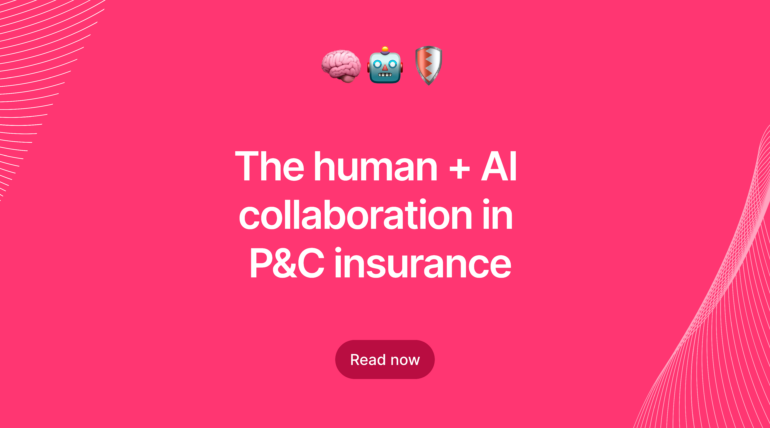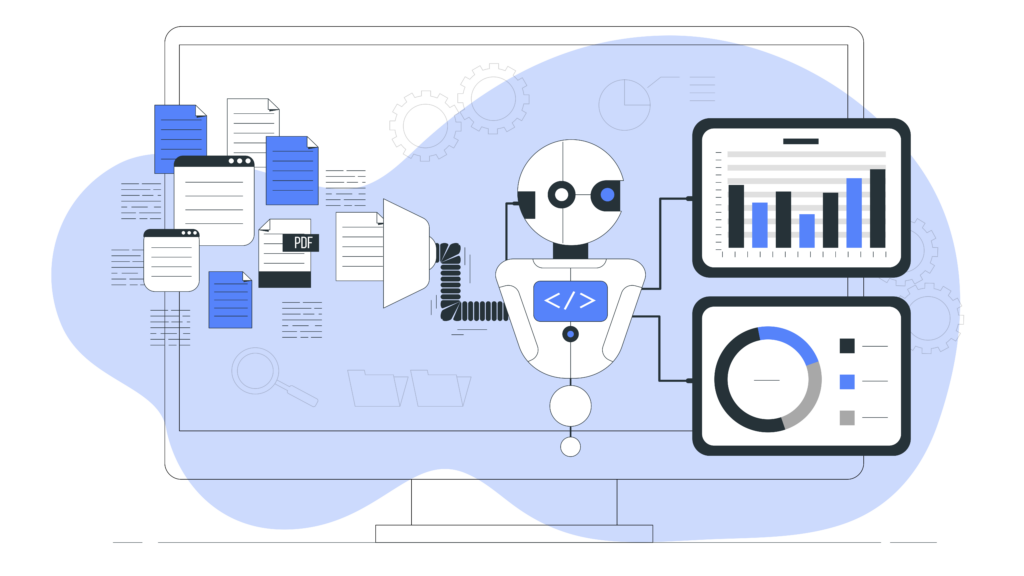
In the tough world of insurance, it’s important to stay ahead. Dealing with things like rising prices and natural disasters makes saving money important. Plus, new tech trends like Global Generative AI are changing the insurance market a lot. It’s expected to be worth $5,543.1 Mn by 2032, way up from $346.3 Mn in 2022. While making sure customers get great service, there’s a big problem – not enough skilled insurance workers. This is getting worse because of things like “the great resignation.”
So, what’s the solution? The insurance copilots
This Copilot (Combination of GenAI & virtual assistant) is designed especially for insurance agents, financial advisors, and customer service reps who deal with customer interactions every day. By using Generative AI and our own practical knowledge, it assist agents in making fast, well-informed decisions. The goal is to increase productivity and, in the end, provide better service to policyholders.

What is the idea of copiloting and how can one use it within P&C insurance?
The idea of copiloting, which involves using chatbots or virtual assistants to provide personalized assistance, isn’t a new concept in property & casualty insurance. It’s been around for a while, where underwriters and agents have teamed up with technology for decision-making. However, the InsureTech Connect 2023 event in Las Vegas highlighted a growing trend. More vendors are now utilizing GenAI to create “true” copiloting solutions. These solutions work hand in hand with humans, aiming to improve performance, efficiency, and decision-making processes.
Unlike the common AI-powered workflows and conversation automation found in core systems, chatbots, and virtual assistants, GenAI copilots stand out. They leverage extensive data to offer more data-driven insights, including risk or claim summaries and recommended next-best actions. This shift presents numerous opportunities for enhancing interactions between agents/brokers and carriers, carriers and policyholders, and carriers and claimants.
Here are some ways AI copiloting, powered by GenAI, is making a big impact in the insurance world:
1. Quick and precise underwriting
AI copilots help underwriters by using smart algorithms to find patterns and predict risks. They guide underwriters with specific questions, making it easier to evaluate risks accurately. This is super helpful for new underwriters, helping them learn faster and make better decisions.
2. Helping agents
Copilots make agents more powerful by giving them insights into market trends, finding potential customers, and improving sales strategies. Agents can then better meet the needs of policyholders, becoming trusted advisors who know a lot about the latest industry trends and risks.
3. Customized customer talks
AI-driven chatbots and virtual assistants make talking to customers smoother. Copilots guide agents through conversations with set paths and decision trees, suggesting personalized coverage options. This kind of tailored service makes the whole customer experience better.
As insurance gets more into AI copilots, there’s a big change happening. This mix of human knowledge and AI not only makes things work better but also opens new possibilities for creative insurance solutions.

Five use cases of using AI in P&C insurance
1. Underwriting support
Generative AI aids underwriters in assessing potential risks by analyzing extensive data, including past claims, customer details, and external factors. This analysis helps in creating risk profiles and suggesting suitable coverage levels, empowering underwriters to make quicker and well-informed decisions.
2. Efficient claims processing and fraud detection
Generative AI streamlines the claims process by automatically assessing claims documents. It extracts pertinent information, summarizes claims histories, and identifies potential inconsistencies or fraudulent claims through pattern and anomaly recognition in the data.
3. Automation of quote and policy generation
Generative AI automates the creation of insurance quotes, policies, and associated documents. By utilizing predefined templates and customer information, it can generate quotes, policy documents, invoices, and certificates, reducing manual administrative tasks.
4. Enhanced customer support and engagement
AI-powered chatbots ease the workload on human agents, offering 24/7 customer support and immediate responses to policy, coverage, and claims inquiries. Generative AI also automates personalized communication with policyholders, sending payment reminders, providing policy updates, and delivering relevant content to boost customer engagement and retention.
5. Identifying upsell/cross-sell opportunities
Generative AI analyzes customer data and preferences to recommend tailored insurance products. By understanding customer needs and risk profiles, insurers can offer personalized coverage options, increasing the chances of upselling or cross-selling additional policies.
The potential of Generative AI in the insurance sector is vast and impactful. However, bridging the gap between understanding its capabilities and implementing it in your organization is crucial. This is where strategic technology partners come in, offering valuable assistance in operationalizing AI for maximum benefit in your insurance practices.
Conclusion
In conclusion, Generative AI is revolutionizing the insurance landscape, enhancing efficiency and customer experiences across underwriting, claims processing, policy generation, and customer engagement. The vast potential of AI in recommending personalized coverage options and identifying upsell opportunities underscores its transformative impact.
However, realizing these benefits requires a strategic approach to implementation. Collaborating with technology partners becomes pivotal in bridging the gap between AI potential and organizational integration. As the insurance industry embraces this technological evolution, the synergy of human expertise and Generative AI promises not only streamlined operations but also a future marked by innovative, customer-centric solutions.







